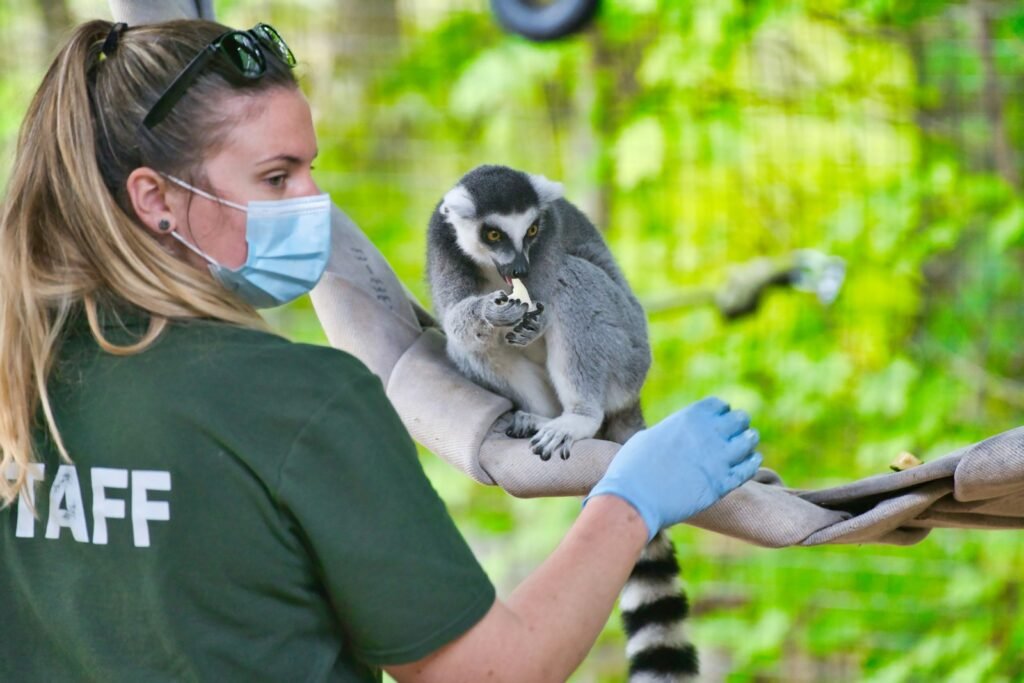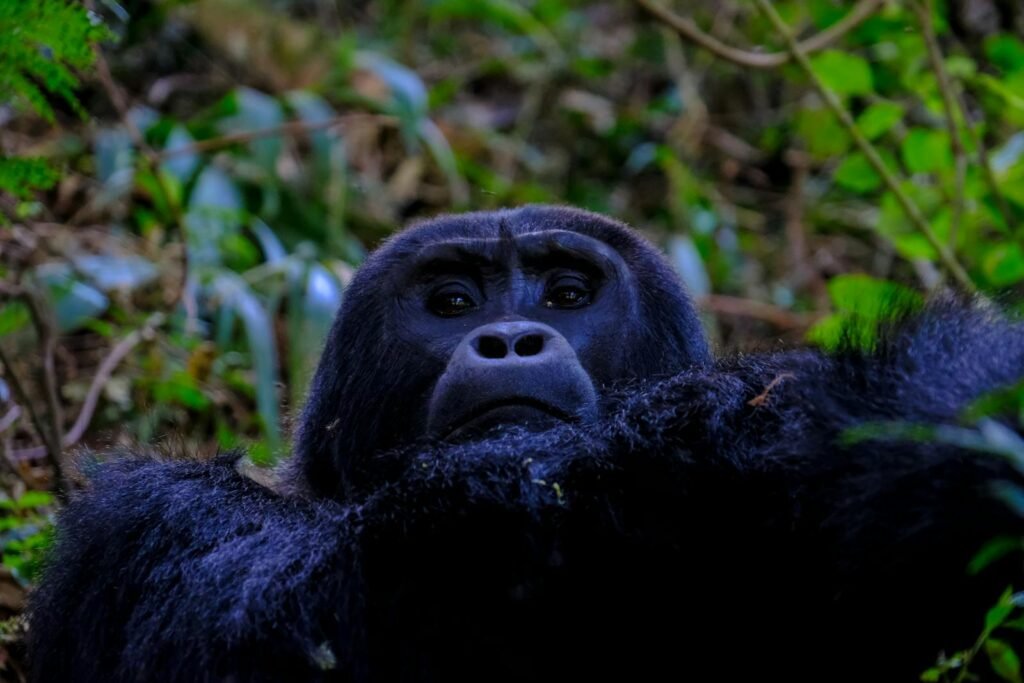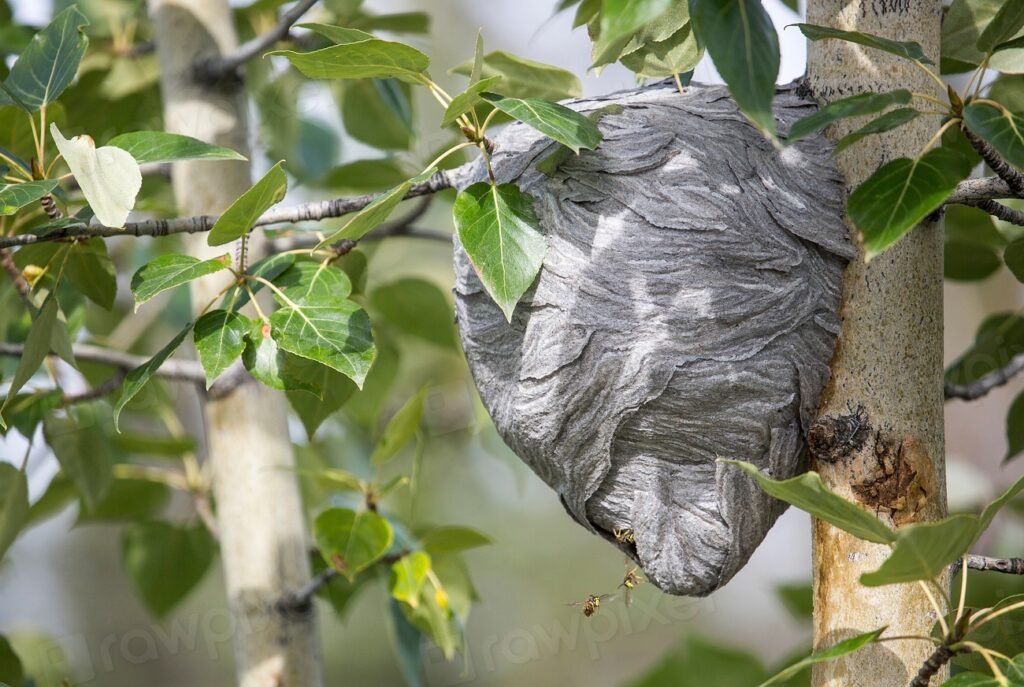Imagine a magnificent tiger that refuses to eat unless a familiar face appears, or a rare bird that only sings when greeted by a trusted voice. Across zoos, sanctuaries, and conservation centers, there are remarkable animals known as “keeper-only”—creatures so selective in their relationships that only a single caretaker, or a small trusted group, can approach them safely or interact meaningfully. This phenomenon is as touching as it is mysterious, sparking questions about trust, memory, and the deep emotional lives of animals. What drives these unique connections, and how do they shape the lives of both animals and humans? Let’s explore the fascinating world of keeper-only animals and the extraordinary bonds they form with their caretakers.
The World of Keeper-Only Animals
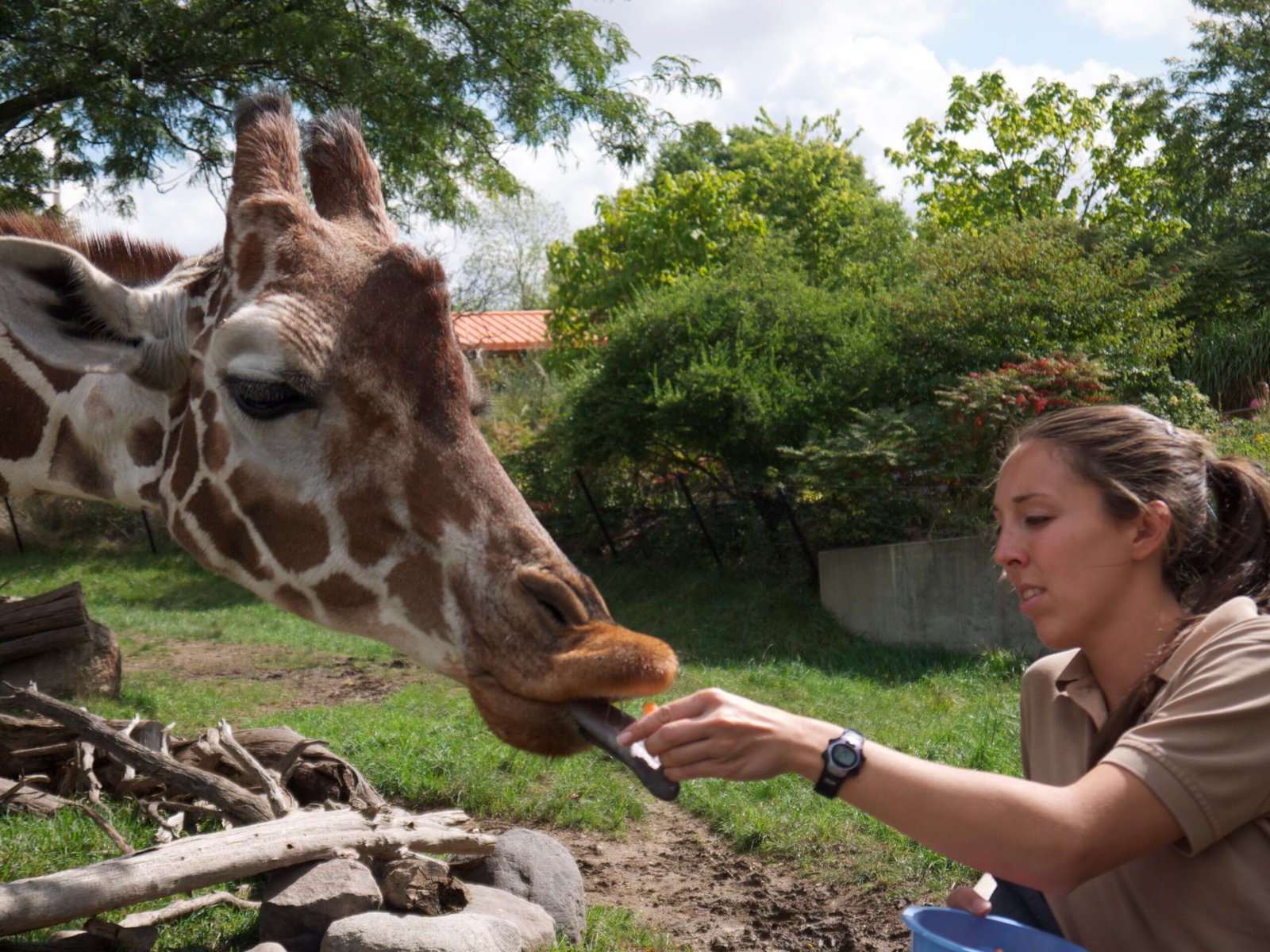
Keeper-only animals are individuals who develop such exclusive preferences that only certain caretakers can safely feed, clean, or handle them. These bonds are most common in highly intelligent or sensitive species, including big cats, elephants, parrots, and primates. It’s not unusual to hear stories of a gorilla that becomes agitated at the sight of a new face or a parrot that refuses to accept food from anyone but its chosen human. These unique attachments can make daily care challenging, but they also reveal the incredible complexity of animal emotions. The phenomenon forces us to rethink how animals perceive and connect with the world around them.
Why Do Some Animals Become Keeper-Only?
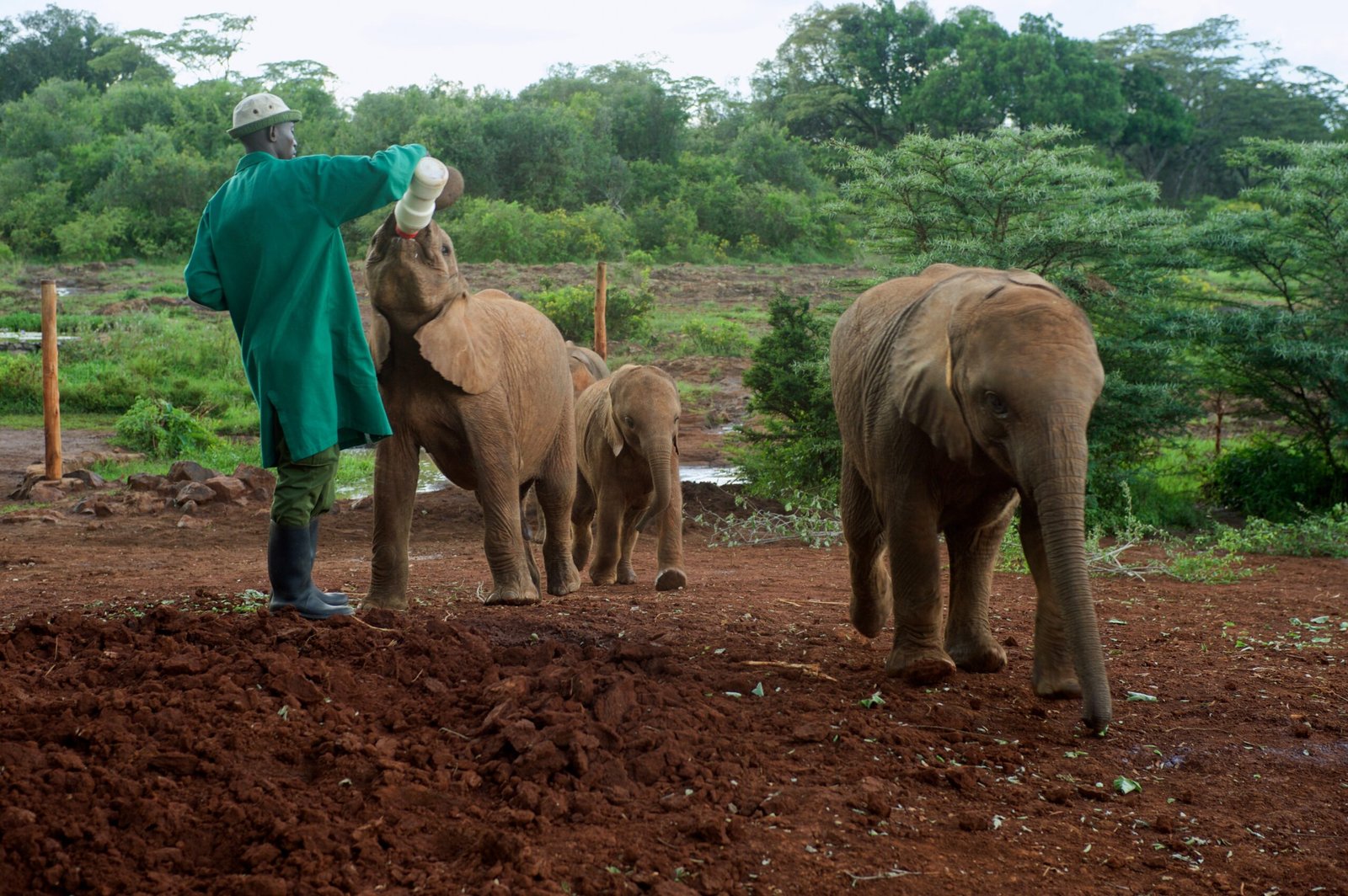
Several factors can explain why certain animals become keeper-only. Early life experiences, past trauma, or positive reinforcement from a particular person often play a role. Animals with a history of neglect or abuse might develop deep trust for only one patiently persistent caretaker. In other cases, consistent, gentle handling from a specific individual during critical developmental periods can imprint a strong bond. Some species, such as parrots and big cats, are naturally selective and form long-lasting social attachments, much like humans. These bonds can be so intense that breaking them causes visible distress for the animal.
The Science of Animal-Human Attachment
The bond between keeper-only animals and their caretakers isn’t just anecdotal; science offers insight into these connections. Studies reveal that domesticated and wild animals alike can recognize individual humans by sight, sound, and even scent. Oxytocin, often called the “love hormone,” is released in both humans and animals during positive interactions, strengthening trust and emotional attachment. Remarkably, MRI scans of dogs show brain activity that lights up in response to their favorite people, and similar patterns are believed to exist in other species. This mutual emotional response lays the foundation for the deep, enduring relationships seen with keeper-only animals.
Building Trust: The Path to a Unique Bond
Establishing trust with a keeper-only animal is often a slow, painstaking process. Caretakers may spend hours quietly sitting near the animal, offering treats, or speaking in soothing tones. Every small success—a calm glance, an accepted treat, a gentle touch—marks a milestone in the relationship. Trust can be easily broken, so consistency is crucial. When a bond is finally formed, the animal’s behavior can change dramatically: aggression melts into curiosity, and fear is replaced by affection. This transformation is nothing short of remarkable and is a testament to the patience and empathy of dedicated caretakers.
Communication Beyond Words
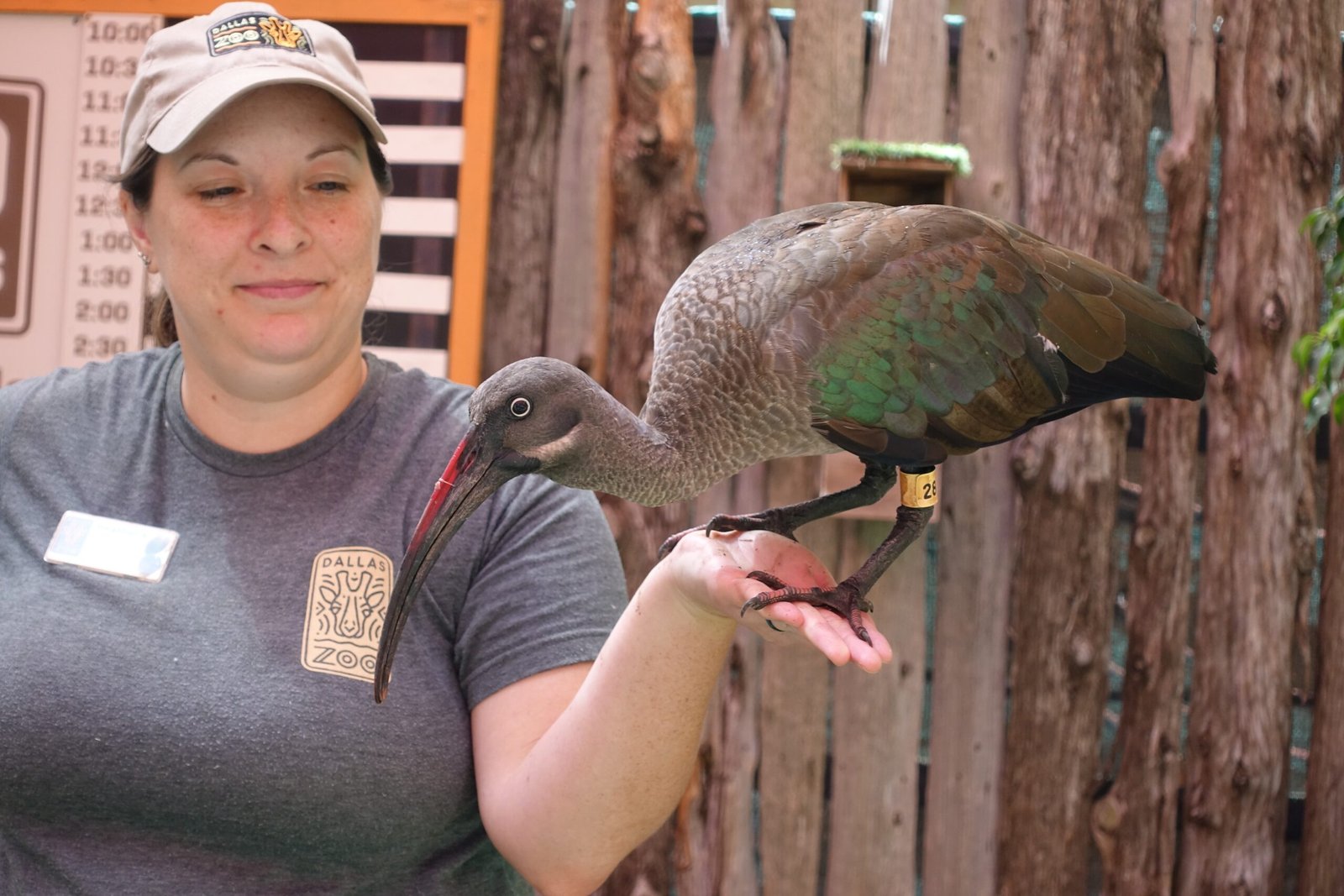
Keeper-only animals and their caretakers often develop unique ways to communicate, surpassing simple commands or cues. A tiger might respond to a specific whistle, while an orangutan may mimic the gestures of its favorite keeper. These subtle signals create a private language, a bridge between species that allows for mutual understanding and cooperation. Observing these interactions can be awe-inspiring, as they demonstrate the intelligence and sensitivity of animals. Such communication strengthens the bond and makes daily care smoother and safer for everyone involved.
The Role of Routine and Familiarity
Routine is a powerful tool in forming bonds with keeper-only animals. Consistent feeding times, cleaning schedules, and enrichment activities help animals anticipate what’s coming and reduce anxiety. Familiar faces and voices provide a sense of security, especially for animals with nervous or suspicious temperaments. When a trusted keeper sticks to a routine, it signals reliability and safety to the animal. Over time, this predictability forms the basis of a strong relationship, allowing the animal to relax and thrive.
Emotional Intelligence in Animals
Many keeper-only animals display surprisingly high levels of emotional intelligence. Elephants, for instance, are known for their empathy and memory, sometimes mourning absent keepers or seeking comfort from trusted humans. Parrots and primates can pick up on human moods, responding with concern or excitement. This emotional sensitivity helps explain why certain animals form exclusive bonds: they are attuned to the subtle cues of their caretakers and respond to kindness, patience, and gentle handling. Such intelligence makes every interaction meaningful and sometimes deeply moving.
Challenges and Rewards for Caretakers
Caring for a keeper-only animal is both a privilege and a challenge. The responsibility is immense—if a trusted keeper is absent, the animal might refuse food, medical care, or enrichment. This can create logistical headaches for zoos and sanctuaries, requiring backup plans and intensive staff training. Yet, the rewards are profound. Caretakers often describe their relationships with these animals as life-changing, filled with moments of joy, pride, and even heartbreak. The sense of mutual trust and respect is something that few people ever experience, forging a bond that can last a lifetime.
Famous Cases: Keeper-Only Bonds in the Spotlight
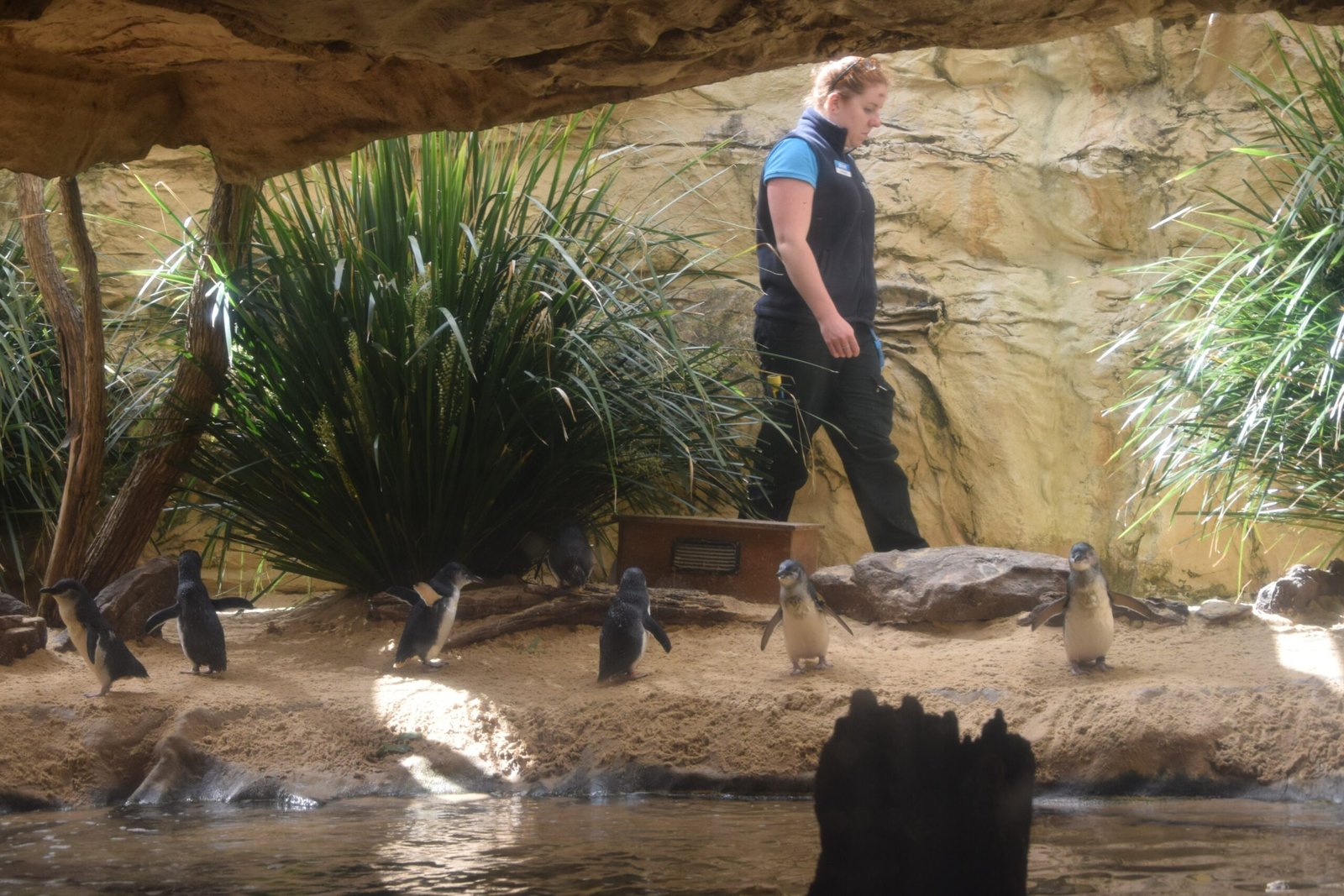
Stories of keeper-only animals often make headlines, capturing the hearts of animal lovers worldwide. One famous example is a lioness at a European zoo who allowed only a single keeper to enter her enclosure, displaying both fierce protectiveness and gentle affection. Another is the tale of an elderly elephant who recognized her childhood caretaker after decades apart, trumpeting and rushing to greet him. These stories highlight the emotional depth and loyalty of animals, reminding us that their bonds with humans can be as strong as those we share with each other.
Implications for Conservation and Welfare
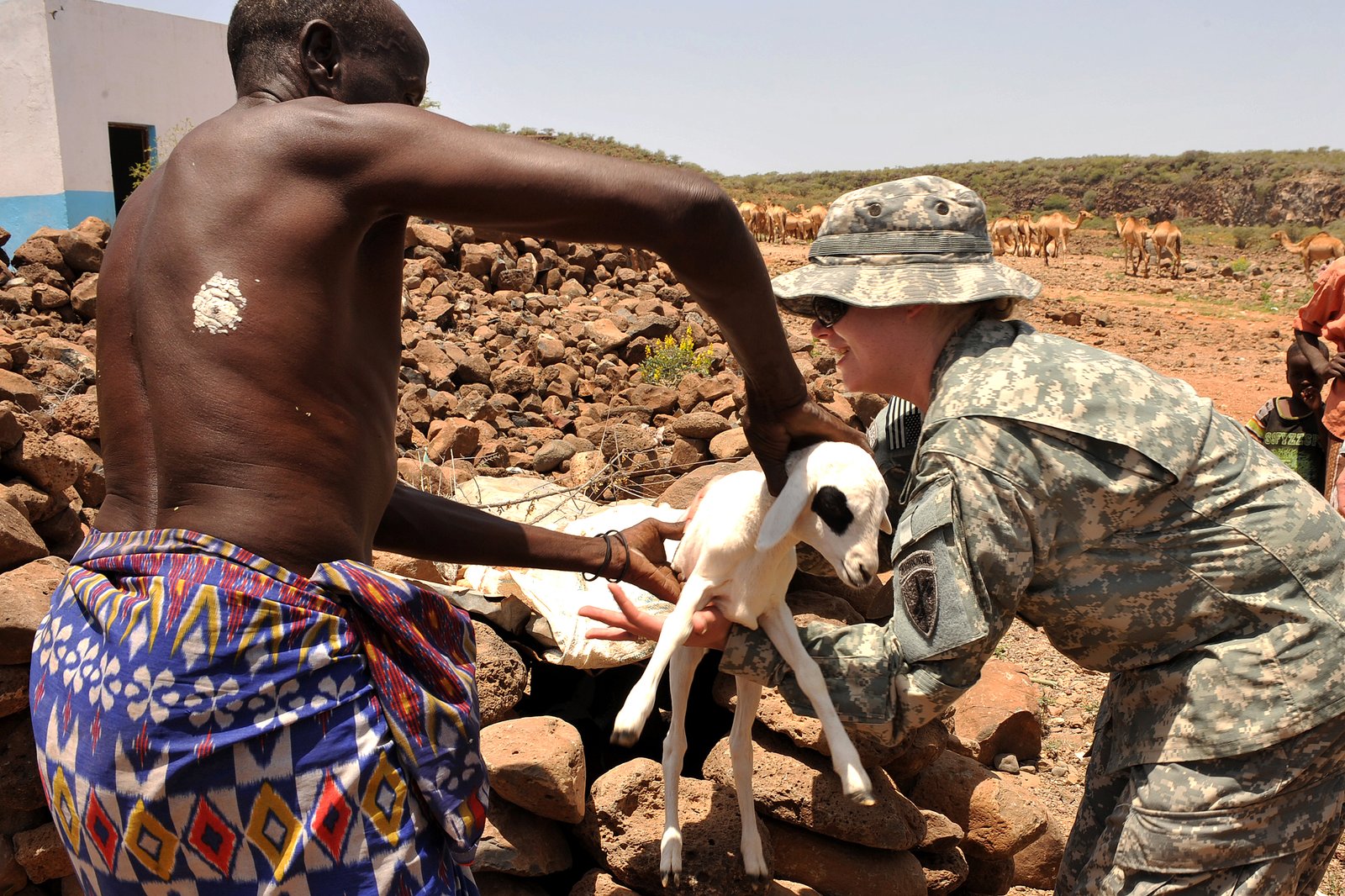
Understanding keeper-only bonds has important implications for animal welfare and conservation efforts. In breeding programs, rehabilitation, and medical care, respecting these bonds can reduce stress and improve outcomes for endangered species. Conservationists are now using positive, relationship-based approaches to work with shy or traumatized animals, increasing the chances of successful reintroduction into the wild. By valuing the emotional needs of animals, caretakers play a vital role in their recovery and survival, highlighting the importance of empathy and patience in all aspects of animal care.
Human Lessons from Keeper-Only Bonds
The extraordinary connections between keeper-only animals and their caretakers teach us powerful lessons about trust, respect, and patience. These relationships remind us that animals are sentient beings with complex emotions and individual personalities. By witnessing the transformation of a fearful creature into a trusting companion, we see the impact of compassion and persistence. Perhaps most importantly, these bonds inspire us to approach all animals—and even each other—with greater understanding and kindness, recognizing that trust is something earned, not given.
A Journey Into the Heart of Animal-Human Connection
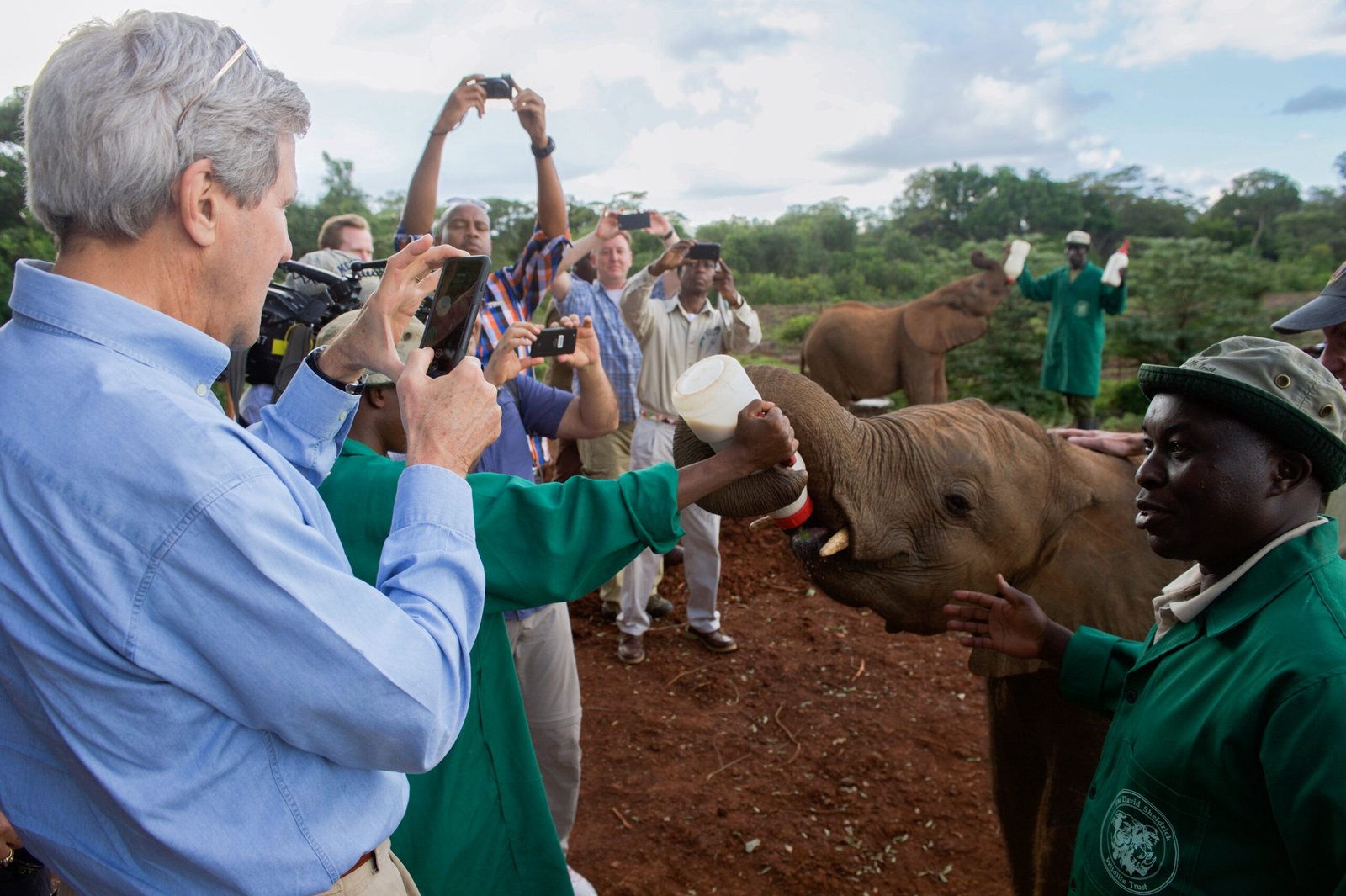
Keeper-only animals and their unique relationships with caretakers are living proof that trust can bridge even the widest gaps between species. These stories show us the extraordinary power of patience, empathy, and gentle persistence. They challenge us to look beyond the surface and see the emotional lives of animals in all their complexity. The next time you hear about a keeper-only animal, consider the invisible threads of trust and love that bind them to their chosen humans. Isn’t it astonishing how the quiet work of a single caretaker can change a wild heart forever?

